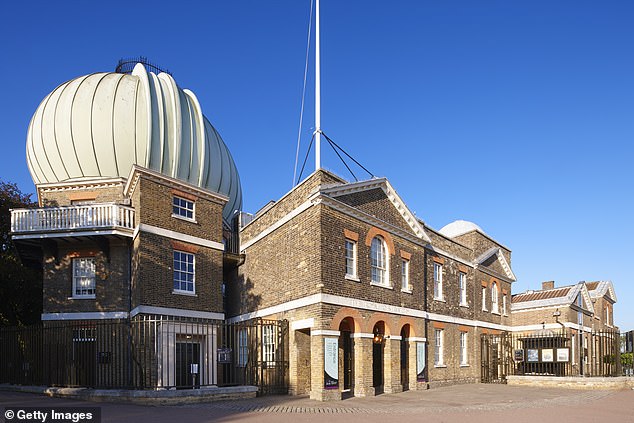Comet was last seen in the time of Neanderthals and made an extremely rare appearance later this MONTH
Even by the usual standards of stargazing, it’s a rare opportunity.
But anyone who studies the horizon just after sunset in the coming days has a chance of spotting a comet that was last seen when Neanderthals walked the Earth, experts say.
Comet C/2023 A3 (Tsuchinshan-Atlas), first identified by astronomers last year, is expected to orbit the Sun about every 80,000 years.
It is thought to come from the Oort Cloud, a giant spherical ice shell that surrounds our solar system and is 4.5 billion years old.
Late last month it came very close to our sun, traveling at more than 40 miles per second.
Comet C/2023 A3 (Tsuchinshan-Atlas) was last seen when Neanderthals walked Earth, experts say
Now, however, it is about to make its closest approach to Earth, giving stargazers in Britain a good chance of spotting it at night – even without the aid of binoculars or a telescope.
Dr. Gregory Brown, senior astronomy officer at the Royal Observatory Greenwich, said: ‘The comet itself comes from an extremely distant part of our solar system, a place called the Oort cloud.
‘It contains many pieces left over from the formation of the solar system. Every now and then one of those pieces gets pushed inward toward the solar system, where it could end up in a very, very long orbit.
‘These orbits can last extremely long: thousands of years. The estimate for this particular comet is that if it is in a stable orbit, its last path to the inner solar system was about 80,000 years ago.”
Although comets often appear as flaming fireballs in the sky, Dr. Brown says they are sometimes called “dirty snowballs” because they contain a significant amount of ice.
As they fall towards the sun, they thaw, and the gas and dust trapped in their ice is released, creating a misty cloud around them and the illusion of a ‘tail’.

Dr. Gregory Brown, senior astronomy officer at the Royal Observatory Greenwich (pictured), said: ‘The comet itself comes from an extremely distant part of our solar system’
In recent weeks the comet has appeared so close to the sun as it rose in the sky that it was almost impossible to see from Britain.
But it has now passed on the other side of the sun, making it visible in the early evening instead.
Dr. Brown said: ‘Right now the comet is remarkably bright, which makes it unusual. It’s a naked-eye comet, so you don’t need anything extra to see it.
“The tricky part is figuring out when the sun is far enough away in the sky that we can see it, but by then not so dim that it’s hard for us to see it.”
He said it should hopefully be fairly visible in the sky on Tuesday, when it should be “extremely bright” compared to other comets that have passed by Earth.
Dr. Robert Massey, deputy director of the Royal Astronomical Society, said the large, icy body could become “the most impressive comet of the year.”
Dr. Massey said: ‘We are all very excited about the prospect of Comet A3 and how it could be a beautiful bright object in the night sky.
‘I’d think you’d need binoculars to spot it, or a telescope – but who knows? It can also be visible to the naked eye.’
He said it is unlikely the comet will be as easy to see as the Covid comet NEOWISE, which was visible in the evening sky in July 2020 and appeared as bright as the North Star, or the Hale-Bopp comet in the late 2020s ninety.
